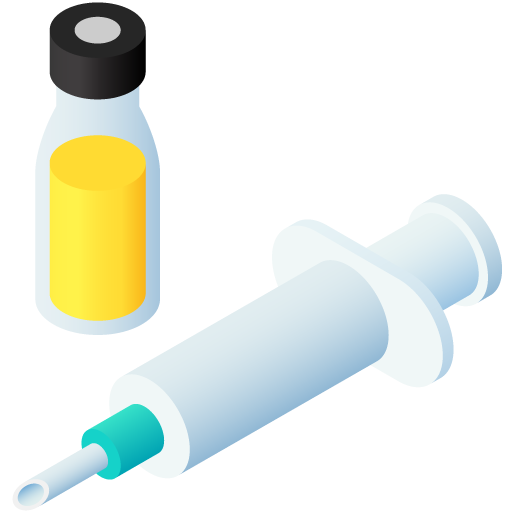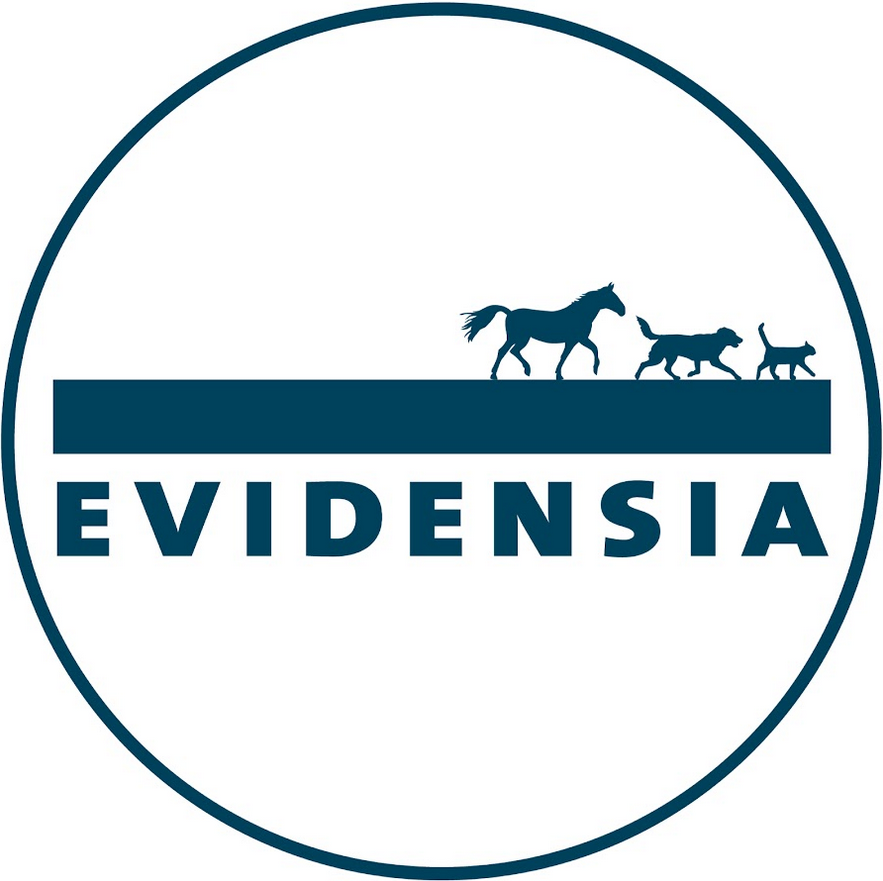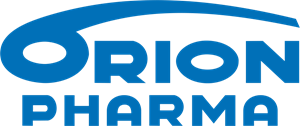Combination therapy
No results were found for your selected species
Porcilis Lawsonia vet.
Active substance
ATC code
Species
Pigs.
Indications
For the active immunisation of pigs from 3 weeks of age to reduce diarrhoea, loss of daily weight gain, intestinal lesions, bacterial shedding and mortality caused by Lawsonia intracellularis infection.
Onset of immunity: 4 weeks after vaccination.
Duration of immunity: 21 weeks after vaccination.
Dose to be administered and administration route
Intramuscular use.
Reconstitute the lyophilisate in the solvent or in Porcilis PCV M Hyo as follows:
|
Lyophilisate |
Solvent or Porcilis PCV M Hyo |
|
50 doses |
100 ml |
|
100 doses |
200 ml |
For proper reconstitution and correct administration, use the following procedure:
1. Allow the solvent or Porcilis PCV M Hyo to reach room temperature and shake well before use.
2. Add 5-10 ml of the solvent or Porcilis PCV M Hyo to the lyophilisate and mix briefly.
3. Withdraw the reconstituted concentrate from the vial and transfer it back into the vial with the solvent or the Porcilis PCV M Hyo. Shake briefly to mix.
4. Use the vaccine suspension within 6 hours of reconstitution. Any vaccine remaining at the end of this time should be discarded.
Needle length and diameter should be adapted to the age of the animal.
Avoid introduction of a contamination by multiple broaching.
Dosage:
A single dose of 2 ml of reconstituted vaccine in pigs starting at 3 weeks of age.
Vaccinate pigs by the intramuscular route in the neck.
Visual appearance after reconstitution: homogenous white to nearly white emulsion after shaking.
Adverse reactions
Pigs:
|
Very common (>1 animal / 10 animals treated): |
Elevated temperature 1 |
|
Common (1 to 10 animals / 100 animals treated): |
Injection site swelling 2 |
|
Uncommon (1 to 10 animals / 1 000 animals treated): |
Anorexia, Lethargy |
|
Very rare (<1 animal / 10 000 animals treated, including isolated reports): |
Anaphylactic-type reaction3 |
1 Mean of 0.6 °C, in individual pigs up to 1.3 °C. The animals return to normal temperature within 1 day after vaccination.
2 < 5 cm diameter, disappear within 23 days.
3 If such reactions occur, appropriate treatment is recommended.
Reporting adverse events is important. It allows continuous safety monitoring of a veterinary medicinal product. Reports should be sent, preferably via a veterinarian, to either the marketing authorisation holder or the national competent authority via the national reporting system. See the package leaflet for respective contact details.
Dispensing
POM-V - Prescription Only Medicine – VeterinarianSUMMARY OF PRODUCT CHARACTERISTICS 1. NAME OF THE VETERINARY MEDICINAL PRODUCT
Porcilis Lawsonia lyophilisate and solvent for emulsion for injection for pigs
2. QUALITATIVE AND QUANTITATIVE COMPOSITION
Each dose of 2 ml reconstituted vaccine contains:
Active substance (lyophilisate):
Inactivated Lawsonia intracellularis strain SPAH-08 ≥ 5323 U1 1 Antigenic mass units as determined in the in vitro potency test (ELISA).
Adjuvant (solvent):
Light mineral oil 222.4 mg
Aluminium (as hydroxide) 2.0 mg
Excipients:
For the full list of excipients, see section 6.1.
3. PHARMACEUTICAL FORM
Lyophilisate and solvent for emulsion for injection.
Lyophilisate: white/nearly white pellet/powder.
Solvent: homogenous white to nearly white emulsion after shaking.
4. CLINICAL PARTICULARS
4.1 Target species
Pigs.
4.2 Indications for use, specifying the target species
For the active immunisation of pigs from 3 weeks of age to reduce diarrhoea, loss of daily weight gain, intestinal lesions, bacterial shedding and mortality caused by Lawsonia intracellularis infection.
Onset of immunity: 4 weeks after vaccination.
Duration of immunity: 21 weeks after vaccination.
4.3 Contraindications
None.
4.4 Special warnings for each target species
Vaccinate healthy animals only.
4.5 Special precautions for use
Special precautions for use in animals Not applicable.
Special precautions to be taken by the person administering the veterinary medicinal product to animals To the user:
This veterinary medicinal product contains mineral oil. Accidental injection/selfinjection may result in severe pain and swelling, particularly if injected into a joint or finger, and in rare cases could result in the loss of the affected finger if prompt medical attention is not given. If you are accidentally injected with this veterinary medicinal product, seek prompt medical advice even if only a very small amount is injected and take the package leaflet with you. If pain persists for more than 12 hours after medical examination, seek medical advice again.
To the physician:
This veterinary medicinal product contains mineral oil. Even if small amounts have been injected, accidental injection with this product can cause intense swelling, which may, for example, result in ischaemic necrosis and even the loss of a digit. Expert, PROMPT, surgical attention is required and may necessitate early incision and irrigation of the injected area, especially where there is involvement of finger pulp or tendon.
4.6 Adverse reactions (frequency and seriousness)
An increase in body temperature very commonly occurs (mean 0.6°C, in individual pigs up to 1.3°C). The animals return to normal temperature within 1 day after vaccination. Local injection site reactions in the form of swelling (< 5 cm diameter) may commonly occur and disappear within 23 days.
In post marketing experience:
Anorexia and lethargy have been reported uncommonly.
Anaphylactic-type reactions have been reported very rarely. If such reactions occur, appropriate treatment is recommended.
The frequency of adverse reactions is defined using the following convention:
- very common (more than 1 in 10 animals treated displaying adverse reaction(s))
- common (more than 1 but less than 10 animals in 100 animals treated)
- uncommon (more than 1 but less than 10 animals in 1,000 animals treated)
- rare (more than 1 but less than 10 animals in 10,000 animals treated)
- very rare (less than 1 animal in 10,000 animals treated, including isolated reports).
4.7 Use during pregnancy, lactation or lay
The safety of the veterinary medicinal product has not been established during pregnancy or lactation.
4.8 Interaction with other medicinal products and other forms of interaction
Safety and efficacy data in pigs from 3 weeks of age onwards are available, which demonstrate that this vaccine can be given at the same time with Porcilis PCV M Hyo and/or Porcilis PRRS. When Porcilis Lawsonia is given at the same time with Porcilis PCV M Hyo, these products should be mixed (see section 4.9 below), whereas Porcilis PRRS should always be given at a separate site (preferably at the opposite side of the neck). The product literature of Porcilis PCV M Hyo and/or Porcilis PRRS should be consulted before administration.
In individual pigs the temperature increase after associated use may commonly exceed 2°C. The temperature returns to normal from 1 to 2 days after the peak temperature is observed. Transient local injection site reactions, which are restricted to a slight swelling (maximum 2 cm diameter), may commonly occur directly after vaccination, but reactions may not appear until 12 days after vaccination. All these reactions disappear within 6 days. Hypersensitivity reactions after vaccination may occur uncommonly.
No information is available on the safety and efficacy of this vaccine when used with any other veterinary medicinal product except the products mentioned above. A decision to use this vaccine before or after any other veterinary medicinal product therefore needs to be made on a case by case basis.
4.9 Amounts to be administered and administration route
Intramuscular use.
Reconstitute the lyophilisate in the solvent or in Porcilis PCV M Hyo as follows:
|
Lyophilisate |
Solvent or Porcilis PCV M Hyo |
|
50 doses |
100 ml |
|
100 doses |
200 ml |
For proper reconstitution and correct administration, use the following procedure:
1. Allow the solvent or Porcilis PCV M Hyo to reach room temperature and shake well before use.
2. Add 5-10 ml of the solvent or Porcilis PCV M Hyo to the lyophilisate and mix briefly.
3. Withdraw the reconstituted concentrate from the vial and transfer it back into the vial with the solvent or the Porcilis PCV M Hyo. Shake briefly to mix.
4. Use the vaccine suspension within 6 hours of reconstitution. Any vaccine remaining at the end of this time should be discarded.
Needle length and diameter should be adapted to the age of the animal. Avoid introduction of a contamination by multiple broaching.
Dosage:
A single dose of 2 ml of reconstituted vaccine in pigs starting at 3 weeks of age. Vaccinate pigs by the intramuscular route in the neck.
Visual appearance after reconstitution: homogenous white to nearly white emulsion after shaking.
4.10 Overdose (symptoms, emergency procedures, antidotes), if necessary
No adverse reactions other than the local reactions described in section 4.6 and the temperature increases described in section 4.8 were observed after the administration of a double dose of Porcilis Lawsonia reconstituted in Porcilis PCV M Hyo.
4.11 Withdrawal period(s)
Zero days.
5. IMMUNOLOGICAL PROPERTIES
Pharmacotherapeutic group: Inactivated bacterial vaccines (including mycoplasma, toxoid and chlamydia) Lawsonia. ATC-vet code: QI09AB18.
The product stimulates the development of active immunity against Lawsonia intracellularis in pigs.
6. PHARMACEUTICAL PARTICULARS
6.1 List of excipients
Lyophilisate:
Sodium chloride
Potassium Chloride
Disodium phosphate dihydrate
Potassium dihydrogen phosphate Water for injections
Solvent:
Light mineral oil
Aluminium hydroxide
Sorbitan oleate
Polysorbate 80
Ethyl alcohol
Glycerol
Sodium chloride
Sodium hydroxide
Water for injections
6.2 Major incompatibilities
Do not mix the lyophilisate with any other veterinary medicinal product, except the recommended “Solvent for Porcilis Lawsonia” or Porcilis PCV M Hyo.
6.3 Shelf life
Shelf life of the lyophilisate as packaged for sale: 3 years.
Shelf life of the solvent as packaged for sale:3 years.
Shelf-life after reconstitution according to directions: 6 hours.
6.4 Special precautions for storage
Lyophilisate and solvent:
Store in a refrigerator (2°C – 8°C).
Do not freeze.
Protect from light.
6.5 Nature and composition of immediate packaging
Lyophilisate:
Hydrolytic glass Type I vial of 50 doses or 100 doses closed with halogenobutyl rubber stoppers and sealed with aluminium caps.
Solvent:
PET (polyethylene terephthalate) vials of 100 ml (50 doses) or 200 ml (100 doses), closed with nitryl rubber stoppers and sealed with aluminium caps.
Presentations:
Cardboard box with 1 x 50 doses of vaccine and cardboard box with 1 x 100 ml solvent
Cardboard box with 10 x 50 doses of vaccine and cardboard box with 10 x 100 ml solvent
Cardboard box with 1 x 100 doses of vaccine and cardboard box with 1 x 200 ml solvent
Cardboard box with 10 x 100 doses of vaccine and cardboard box with 10 x 200 ml solvent
Not all pack sizes may be marketed.
6.6 Special precautions for the disposal of unused veterinary medicinal product or waste materials derived from the use of such products
Any unused veterinary medicinal product or waste materials derived from such veterinary medicinal product should be disposed of in accordance with local requirements.
7. MARKETING AUTHORISATION HOLDER
MSD Animal Health UK Limited
Walton Manor, Walton
Milton Keynes
Buckinghamshire
MK7 7AJ
8. MARKETING AUTHORISATION NUMBER
Vm 01708/4635
9. DATE OF FIRST AUTHORISATION
04 November 2019
10. DATE OF REVISION OF THE TEXT
November 2021

Approved: 09 February 2022

| Art. Nr. |
|---|
 TRUSTED SOURCE
TRUSTED SOURCE








